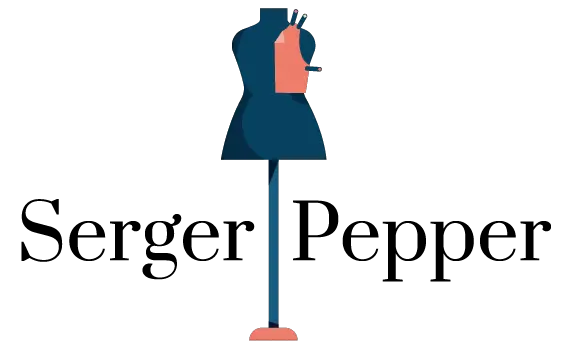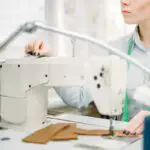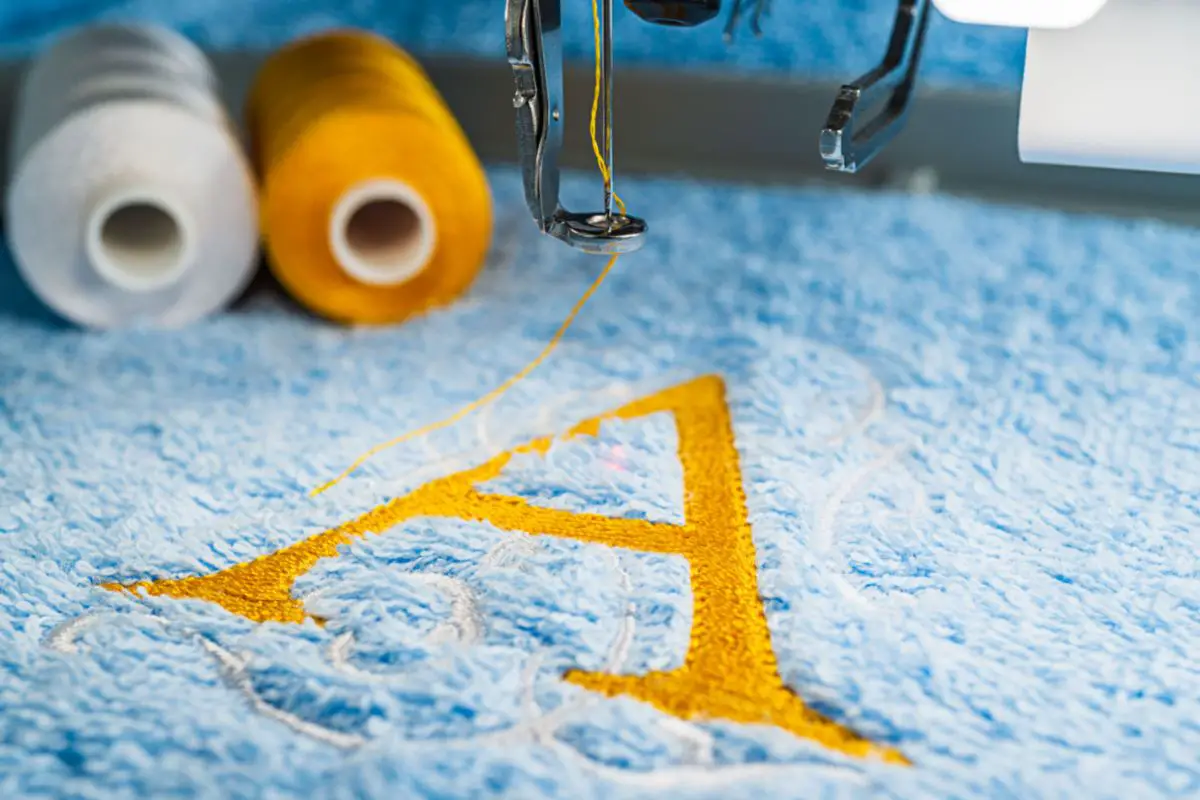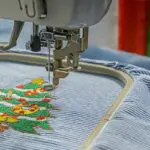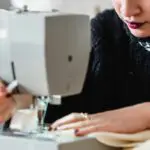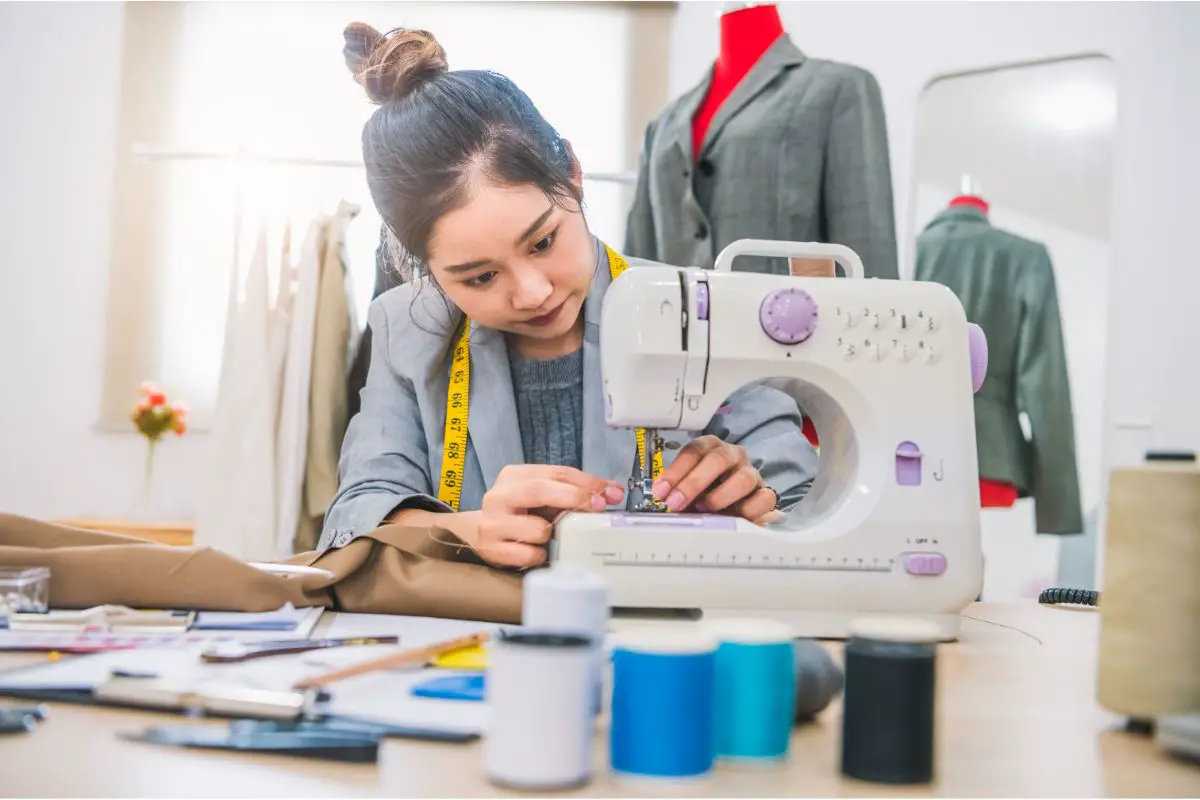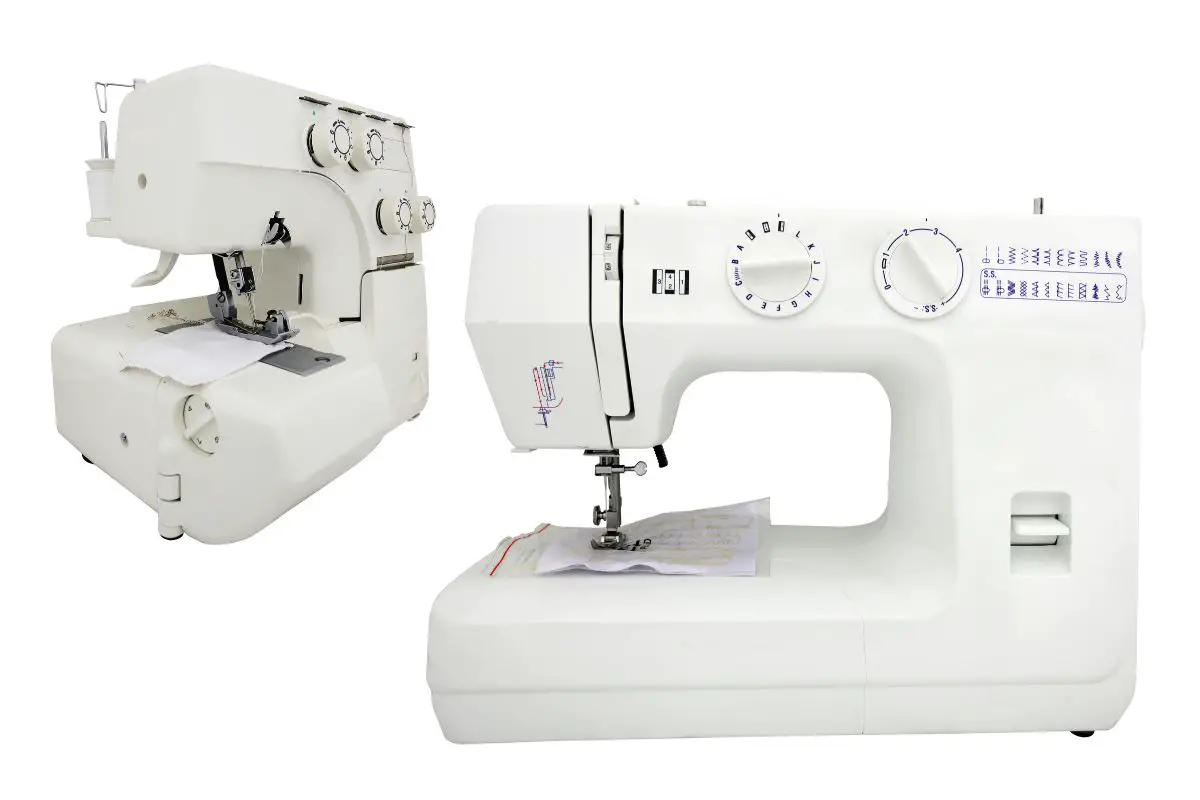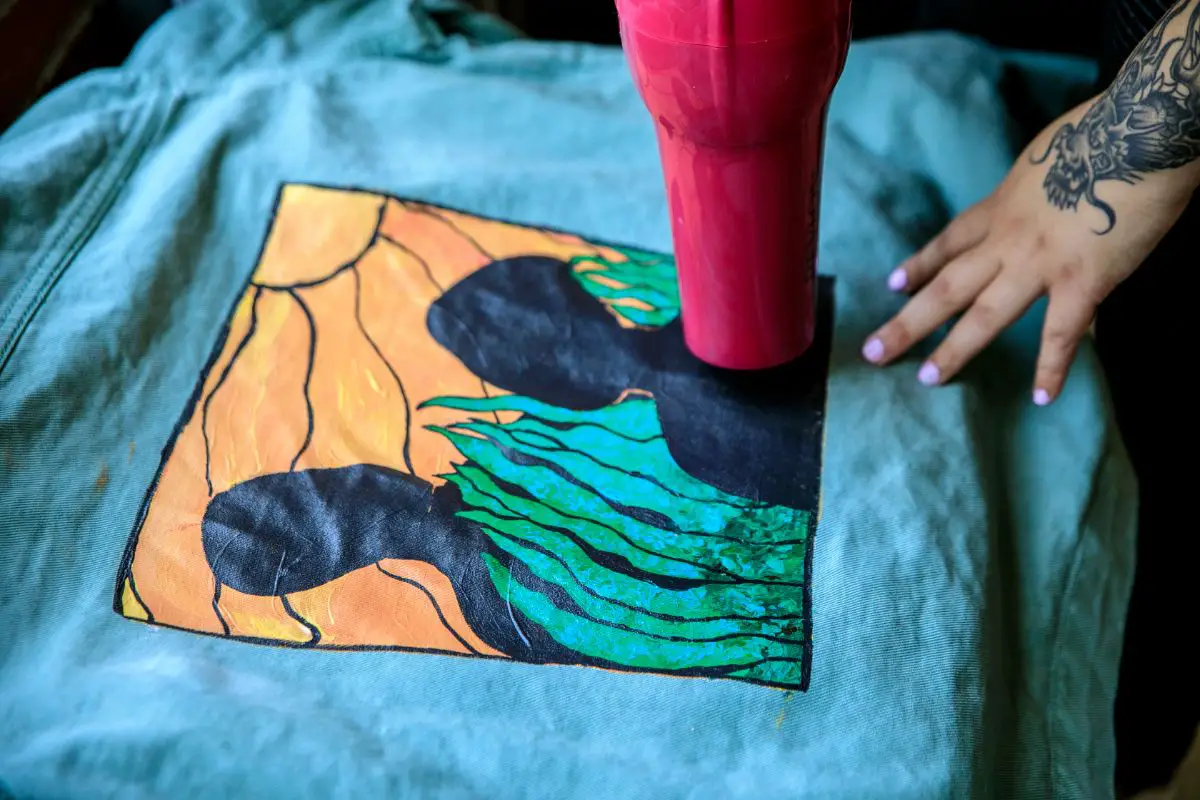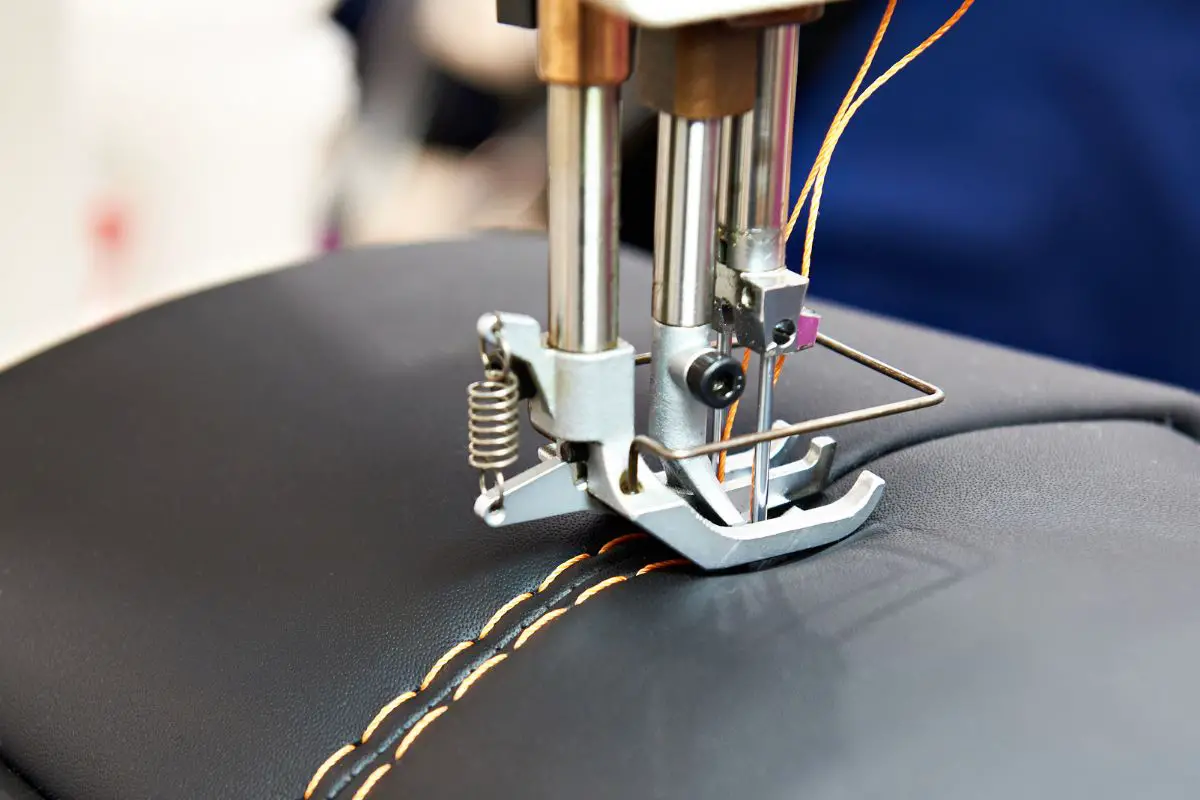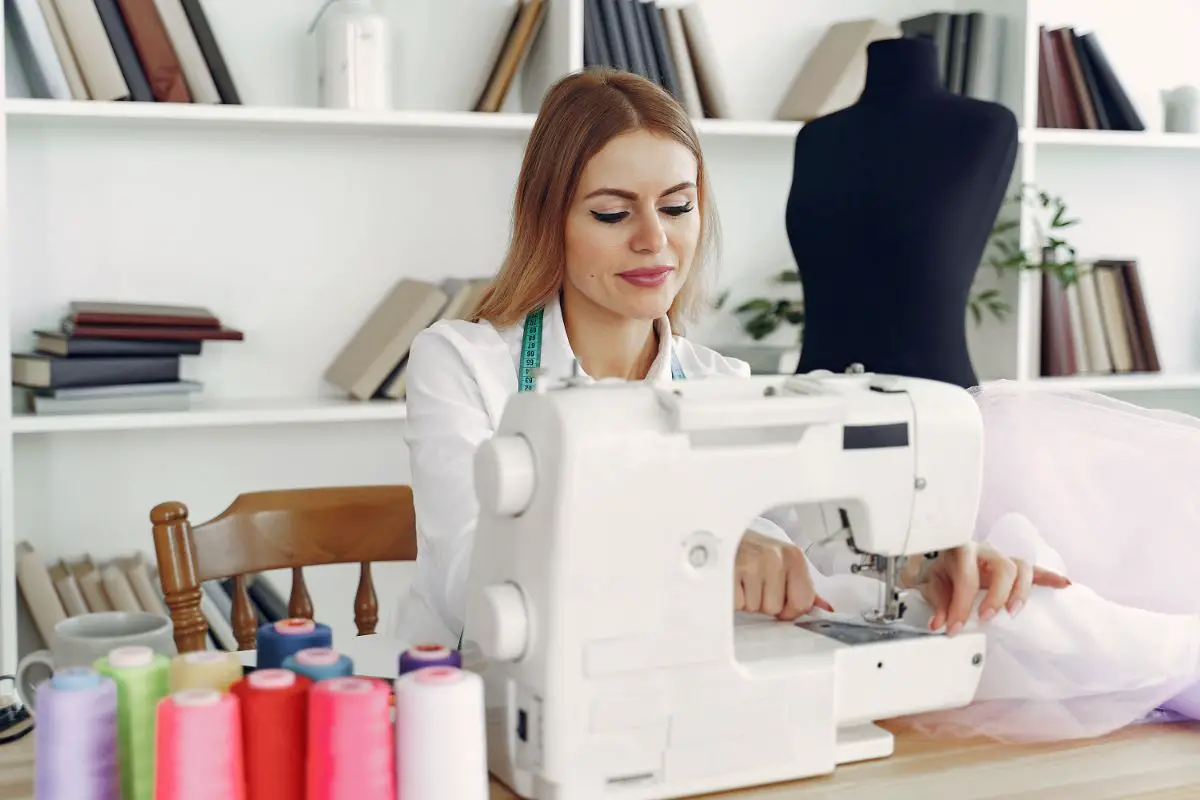When you are getting into sewing a lot of clothing, the last thing you’ll want is bulky seams that clog up your serger.
This is where serger thread comes in. This is much thinner, providing you with a smooth sewing process and not much excess lint.
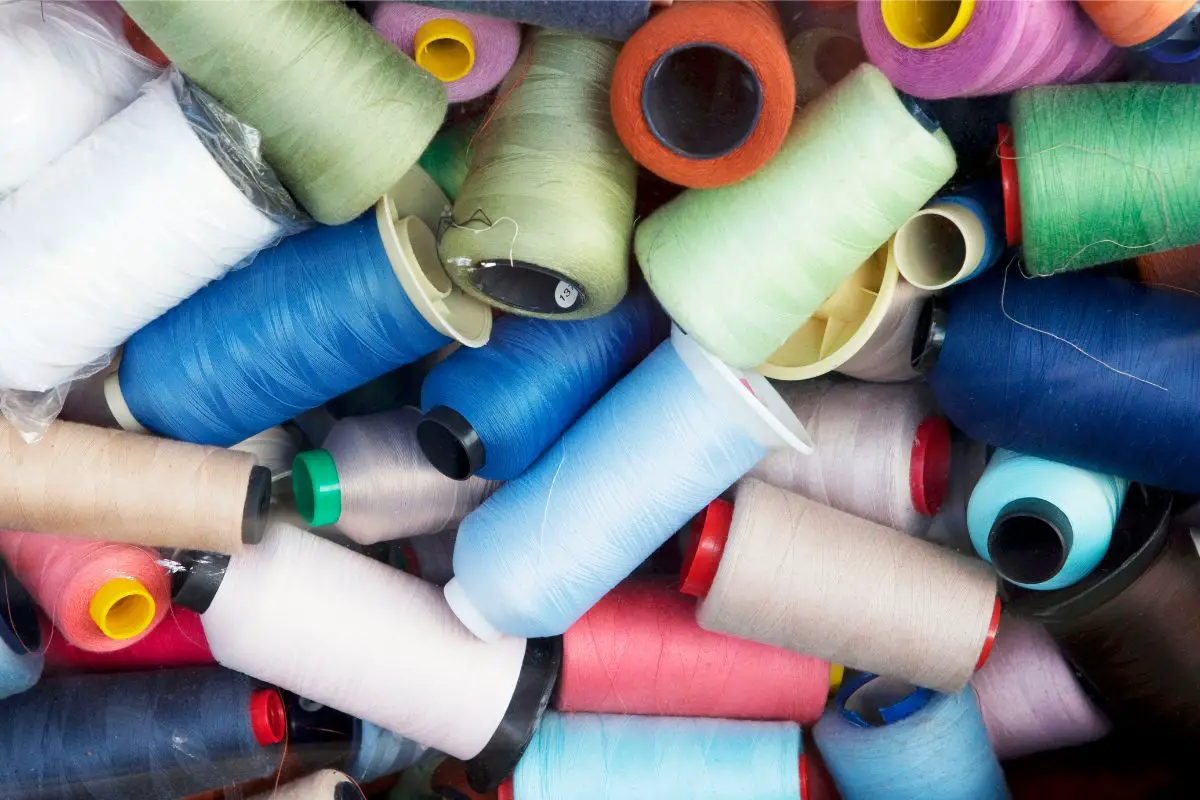
Generally, you will not have to get lots of different serger threads, but it will be worth knowing the differences between each type of thread.
Some of them are better for embroidery, whereas some are just great because they save you money, are more pliable and last longer.
But how many different types of serger threads are there? What do they do and why are they the best type for your sewing machine and threading technique?
Well, we’ll cover all the basic types of serger threads and why they might work for you.
What Is Seger Thread?
This is a type of thread that is generally a lot finer than ordinary thread.
This is so that it can feed into the machine much easier and will not cause any clogging in your serger or result in chunky seams that might not match your finished project.
Because serger sewing involves a lot of speed, you can be certain that you’ll need a thick spool of cotton to sew all your seams without having to change the reel too often.
These spools usually contain around 3000 yards of either cotton, polyester, nylon or woolly nylon.
When you are choosing a spool of cotton for your seams, you’ll want to select a color that either matches or complements your main material.
If you run your finger down the length of your serger thread, you should not feel any lumps or bumps at all.
If your thread appears to be ‘hairy’, that is, with lots of stray fibers sticking out from it, then it might clog up your serger.
If you do not have a thread that is of similar thickness all the way through, then it can lead to snapping or other tension issues.
You’ll need to make sure that your thread is uniform all the way through the thread itself.
What Types Of Serger Thread Are There?
There are around 7 main types of serger thread. You can get other types of thread, although they are less common.
We’ll go through each of the serger threads, looking at their quality and what they are commonly used for.
1. Serger Cone Thread
If you aren’t going for a specific look and feel for your sewing project, then most people will generally use just serger thread, which is very fine and comes with no excess fraying.
Standard serger thread typically had around 5,000 yards of length, which is great if you are spinning thread at very high speeds.
This type of thread will generally cost you a lot less and it can last you a few weeks, even if you are spinning every day.
This is usually wound from the top of the cone, which means that the risk of fraying is greatly reduced and will thread fluidly through the serger. These types of thread are usually made from polyester.
This is used for all types of sewing projects, as it will give you far fewer bulky seams and result in stitching that is a lot finer and free of frayed edges.
If you have a good quality serger thread, it will be able to withstand high-speed stitching, which is important if you are stitching for long periods.
You can get pure cotton serger threads, although when cotton gets wet it is prone to warping, which could dramatically alter the look of your final project.
Polyester, on the hand, is not prone to this type of shrinkage, which is why it is the preferred option.
2. All-Purpose Thread
This might be the most common thread that you might have seen in most wool and knitting stores.
You can use this type of cotton on your serger machine, but you might have to be careful when it comes to breakages and testing the material itself.
This can be used to tidy up the edges on your sewing project or you can even use them to manufacture seams and other decorative parts of your pattern.
These types of threads come in a wider variety than the serger threads, including materials like cotton, polyester, or polyester and cotton composites.
You can pick up this type of thread at most stores, you can even get it at Walmart!
This is the most resilient type of thread that you can find, although it doesn’t come with as much length as some of the other types of sewing spools.
You might have to find another type of thread if you are looking to use a looper, as this will be a lot more intense on this thinner type of thread.
You might also want to be careful of your thread snapping or fraying when you are running your serger at much higher speeds.
Another great thing about general thread is that it comes in a greater variety of colors. This is great if you want multicolored stitching on the seam or want to blend it in with the thicker serger thread (see also “What Is A Serger Stitch?“).
Some people like to mix these two different types of thread for different effects.
You can try a serger thread for the right needle and then switch to a general thread for the left needle. There is so much room to experiment between two different varieties of thread.
3. Polyester Embroidery Machine Thread
Now, when it comes to esthetic qualities, this thread is one of the best-looking, for sure. This has a shine that you can’t really get with other threads, which is what makes it so effective for embroidering.
Generally, polyester thread is a lot more durable than other types of thread, which is why they are more commonly used.
They will also retain their own color, even after you have washed them many, many times.
These are also wound from the top of the cone to the bottom, which results in a more fluid movement through the serger.
This is also a great choice if you cannot find the color that you are looking for with your serger thread.
If you are looking to add those final flourishes to your project, then polyester embroidery is a great choice.
You can create some wonderful decorative effects and finishes in a way that you simply cannot with a serger or all-purpose thread.
4. Nylon Thread
This is a far less common type of thread that is used by professional threaders, but it is a good option if you are looking to repair certain items that experience significant wear and tear as well as exposure to the elements.
Another drawback of using nylon thread is that it does succumb to high temperatures and can melt under the iron.
So when you are applying your iron to something that contains nylon thread, then you should make sure that you turn the temperature down.
However, there is a type of nylon thread that is ‘fusible’.
This means that you are meant to melt it under the iron so that it forms a stronger and more permanent bond with your material. But what are the uses for a fusible thread?
Well, this is great if you are inserting a zipper into your clothing. All you need to do is have your fusible thread running down each side of your zipper.
Then place your zipper where you want it on your clothing and press the iron on it for a few minutes.
Using fusible thread will not result in any puckering, which can often spoil the result of your clothing and cause some serious crinkling that will be impossible to get rid of through ironing or other methods.
5. Woolly Nylon Thread
This type of thread is very interesting as it changes its form a number of different times during the sewing process.
If you pull this type of nylon thread, then it will shrink in size. Once you relax the thread again, then it expands to its original size.
This thread stretches well and has great responsiveness, which is perfect if you are looking to sew something that you know will undergo a lot of wear and tear.
This type of woolen nylon thread is best used for making repairs on clothing such as underwear, swimsuits and sports kits, where responsiveness and resilience to the weather will be very important.
This is a great thread for adding decorative touches to your sewing project.
This is a lot thicker and does have a ‘hairy’ composition, so it might be difficult to feed through your serger. You’ll probably have to use a looper to thread this one through your serger successfully.
Because this is made with nylon, then you can be sure that it will also succumb to melting. This is also why you’ll need to use a much lower temperature when you are ironing your clothes.
If you keep the heat low when you are ironing, then this will also help to preserve the original color.
6. Monofilament Thread
This thread is also known as the invisible thread. If you want a transparent seam, then you should certainly opt for this one.
This is great if you want to make repairs on your clothing and you want the final result to be completely invisible.
Some people have found this type of thread very difficult to work with, saying that it gets tangled very easily and can actually pucker your material if it is not handled carefully.
We would say that this type of thread will only really need the hand of an expert sewer because the material that it is made from is very awkward to work with.
You can get a thicker invisible thread that is completely non-toxic and free from any additional acidic chemicals.
This thread will be able to withstand the extremes, but you might only want to use it to repair smaller rips and tears.
7. Silk Thread
We end with the most luxurious option that you can find: silk. This is a very shiny thread that is great for adding those decorative final touches to your sewing project.
However, you should not expect this thread to be that durable and you should avoid exposing it to moisture.
The one drawback of silk thread is the fact that it costs a little more than other types of thread.
But when you see the quality, then you might be tempted to get this in a specific color to match or complement your material.
We would recommend that you use this on a project that you can vividly see, as it will shine and draw attention to a particularly intricate design.
Try and reserve how much of the silk thread that you use, as it is quite costly.
What Other Varieties Of Serger Threads Are There?
There are a lot of other types of thread that you can use, each one offering something different from purely decorative to solid repair jobs.
Here’s a brief list of some of the other rarer types of serger threads:
1. Metallic Serger Thread
This type of great will really draw attention to your embroidery, although it can be quite costly, so you will need to use it sparingly.
This type of thread doesn’t have the responsiveness of some of the threads listed above, it usually comes with a nylon or polyester center, which the metal fabric is wrapped around.
The main purpose of this type of thread is decorative, so we would advise against using it for repair jobs or to weld two pieces of fabric together. This is a great thread to flatlock or edge stitching.
2. Hand Embroidery Floss
This is a next-level decorative thread, coming in a very thick yet hairless texture that won’t cause wedges in your serger.
You will have to wind this thread down your bobbin and into your serger nicely and slowly so as to avoid excessive bunching.
The great thing about this type of thread is the sheer amount of colors on offer. From a vivid lilac to a deep mauve, you’ll easily be able to find a color that matches your material.
Make sure that you have one that is the right width for your serger. If it is too wide, then you’ll have a lot of trouble feeding it through.
Also, make sure that your floss is not too textured for the same reason.
3. Serger Yarn
This type of thick thread is specially designed to be used in sergers. This is also cross-wound, meaning that it goes from the top of the bobbin and unwinds downwards, making for much smoother feeding.
You can only really thread this heavy yarn through a looper, Make sure that you use your upper looper for flatlock stitching and both loopers for your overlock stitching.
Again, this is mainly used for decoration, especially on chunky knit wool sweaters and larger fleeces.
You can also get this yarn in a wide range of colors, so you shouldn’t have a problem finding the right hue for your sewing project.
4. Serger Ribbon
This is thicker and softer, mainly used as finishing for embroidery or complicated sewing patterns.
This is not really designed to hold any material in place, and it might cost you a little more than some of the threads that we have listed above.
Conclusion
We hope that our guide to serger threads has given you a better idea of what they are used for and which ones you’ll need to complete your next sewing project (see also “Complete Serger Dictionary“).
Make sure that you have repair thread that is durable and select the right color scheme for your material and thread.
- How To Sew Fabrics Together - June 5, 2023
- How Many Stitches Per Inch? - June 5, 2023
- How Long Does It Take To Sew A Dress? - June 5, 2023
